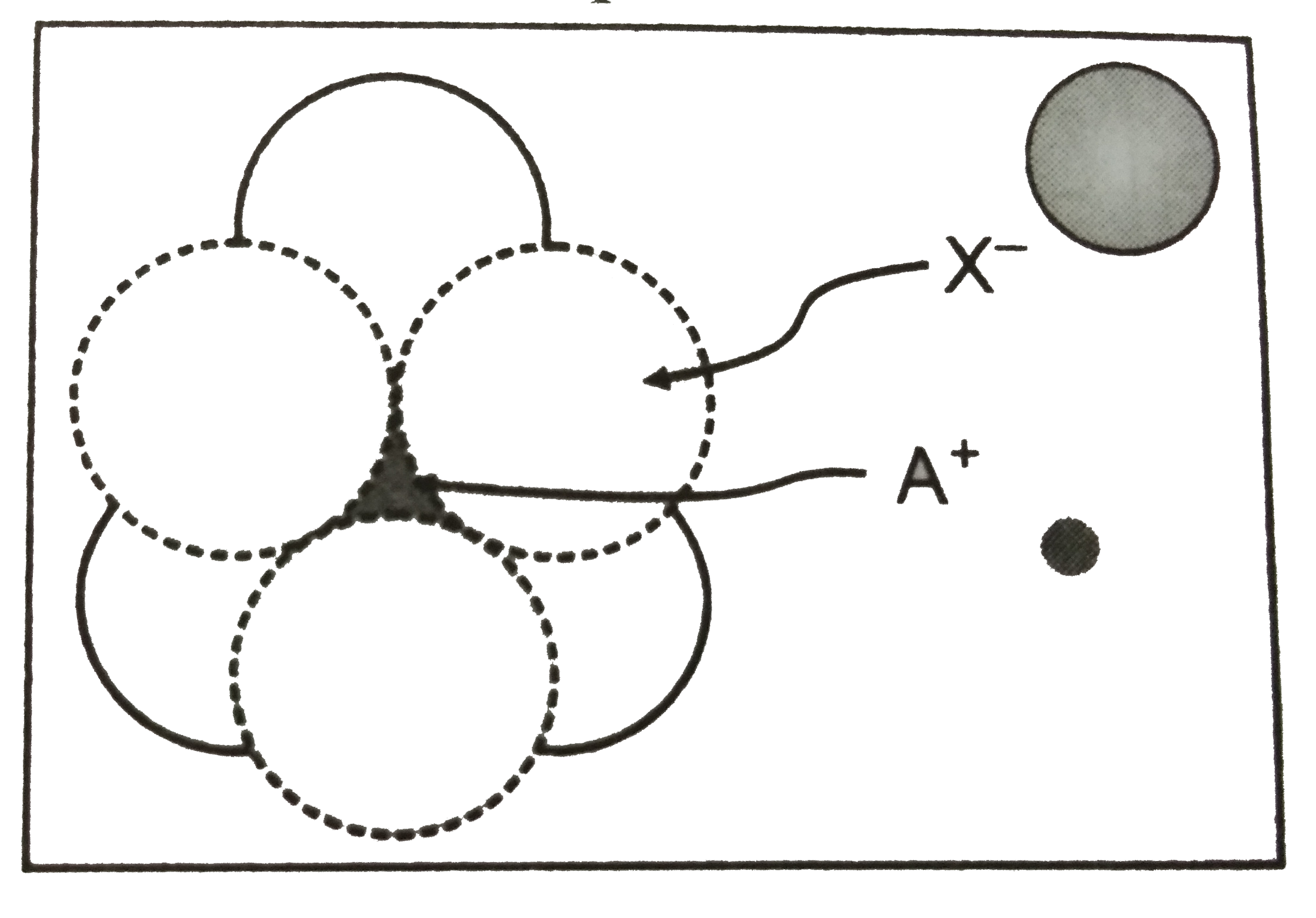Read the passage given below and answer following questions:
Data from the National Sample Survey studies of 1999-2000 and from the 2001 Census of India reveal a sharp fall in the rate of employment generation (creation of new jobs) across both rural and urban areas. This is true for the young as well. The rate of growth of employment in the 15-30 age group, which stood at around 2.4 per cent a year between 1987 and 1994 for both rural and urban men, fell to 0.7 for rural men and 0.3 per cent for urban men during 1994 to 2004. This suggests that the advantage offered by a young labour force is not being exploited.
Strategies exist to exploit the demographic window of opportunity-that-India has today But India's recent experience suggests that market forces by themselves do not ensure that such strategies would be implemented. Unless a way forward is found, we may miss out on the potential benefit that the country's changing age structure temporarily offers.
Do you think that India is indeed facing a window of opportunity created by demographic dividend?
In 2020, the average India will be only 29 years old so, India will experience the demographic dividen. However, this potential can be beneficial for India only when the rise in working age group is accompanied with increasing levels of education and employment. In case the new entrants to the working population are not educated their productivity will remain low. If they are unemployed then they are likely to become burden instead of earners.
Topper's Solved these Questions
Similar Questions
What is the meaning of dependency ratio?
06:26View SolutionWhat is meant by the age structure of the population
02:25View Solutionक्रोमाइट से पोटेशियम डाइक्रोमेट बनाने की विधि का रासायनिक समीकरण लिखिए । इसके दो मुख्य उपयोग भी लिखिए ।
05:10View Solutionउस कीटभक्षी पौधों का नाम लीखिए जो भारत के उत्तर -पूर्वी भाग की अब संकटग्रस्त प्रजाति है ।
03:54View Solution0.5 Å त्रिज्या के वृत्त में एक इलेक्ट्रॉन 3×105 चक्कर/सेकण्ड की दर से घूमता है। वृत्त के केन्द्र पर उत्पन्न चुम्बकीय क्षेत्र की तीव्रता B का मान ज्ञात कीजिए।
04:26View Solutionरेलवे के आधे टिकट का मूल्य पूरे किराये का आधा तथा आरक्षण व्यय पूरे टिकट के समान है। मुम्बई से अहमदाबाद एक आरक्षित टिकट का मूल्य 216 तथा एक पूरे तथा एक आधे टिकट के आरक्षण का कुल मूल्य 327 है। प्रथम श्रेणी टिकट का आधार मूल्य तथा आरक्षण व्यय ज्ञात कीजिए।
01:29View Solutionएक व्यक्ति कुछ घनराशि 1296 साधारण ब्याज की दर से तथा कुछ अन्य राशि 10% साधारण व्याज को दर से निवेश है। वह 130 का वार्षिक ब्याज प्राप्त करता है परन्तु यदि वह यह धनराशि परस्पर बदल दें तो उसे ब्याज के 4 अधिव होते हैं। उसने अलग-अलग दरों से कितना निवेश किया था?
03:04View Solution2x+3y=11 और 2x−4y=−24 को हल कीजिए और इससे 'm ' का वह मान ज्ञात कीजिए जिसके लिए y=mx+3 हो।
06:02View Solutionएक यौगिक में तत्व A तथा B घनीय संरचना में क्रिस्टलीकृत होते हैं । परमाणु A घन के कोनो पर तथा B फलक के केंद्र पर उपस्थित है । यौगिक का सूत्र है :
03:17View Solutionएक यौगिक A तथा B तत्वों से मिलकर बना है । जब A परमाणु कोने पर तथा B परमाणु केंद्र पर हो, तो यह यौगिक घनाकार जालक में क्रिस्टल बनाता है । यौगिक का साधारण सूत्र होगा :
01:25View Solutionठोस AX में A+ आयन के चारो और X− आयन की व्यवस्था है, जैसा की चित्र में दर्शाया गया है (सही माप सूचक नहीं है) । यदि X− आयन की त्रिज्या 250 pm हो तो A+ आयन की त्रिज्या है :
 03:56View Solution
03:56View Solutionयोगी की सीमा के रूप में ∫40(x2+1) मूल्यांकित करें |
View Solutionबहुपद x2−16x+30 में से क्या घटाया जाए कि प्राप्त बहुपद का शून्यक 15 हो ?
02:06View SolutionH2SO4 के एक विलयन का घनत्व 1.02gcm−3 है तथा भरानुसार इसका सांद्रण 15% है. विलयन की मोलरता एव मोललता की गणना कीजिये.
View Solutionपरासरण दाब (π), आयतन V व ताप T के लिए निम्न में से कौन-सा कथन सत्य है-
View Solutionनिम्नलिखित में से कौन-सा ऑक्सीकारक तथा अपचायक दोनों का कार्य करता है-
01:55View Solution

